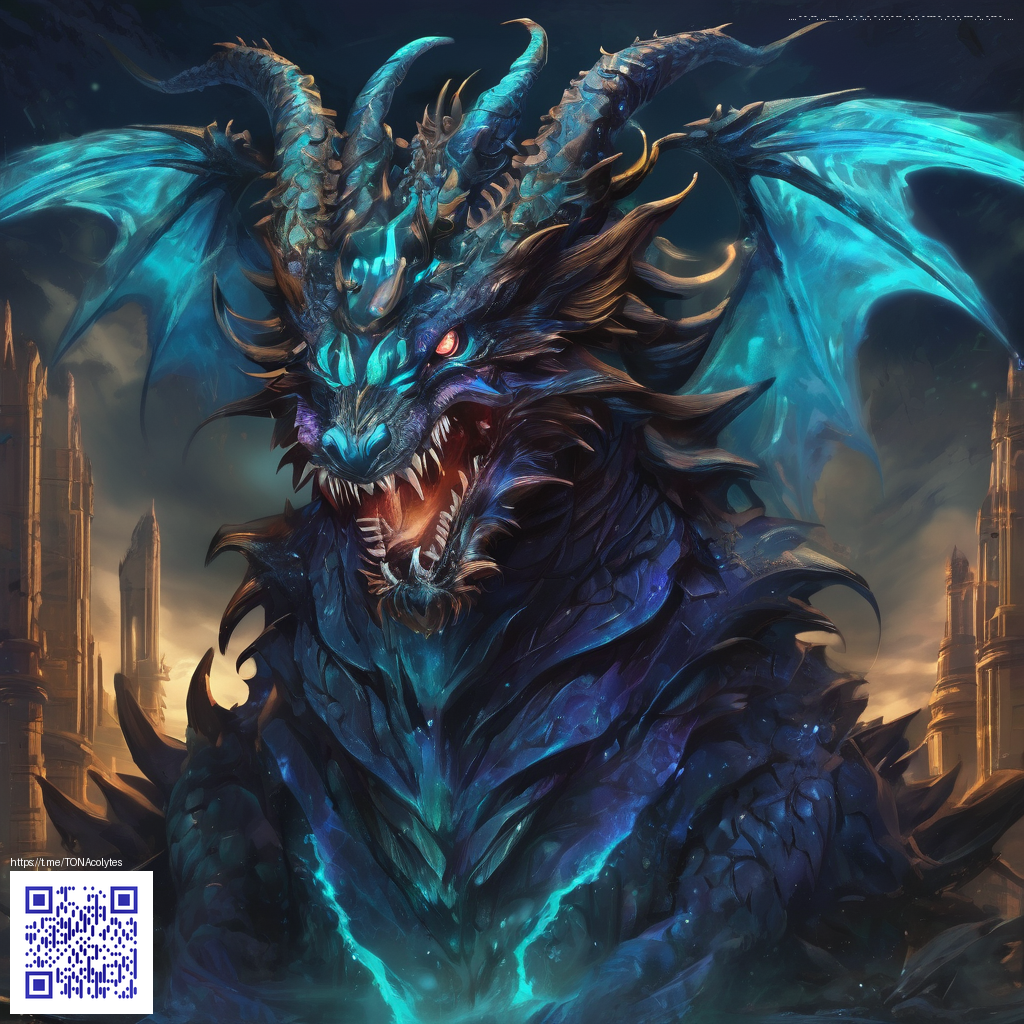
Why Watercolor Digital Paper Elevates Modern Design
Watercolor textures bring a softness and organic rhythm to digital projects that flat vector art often lacks. A thoughtfully crafted watercolor digital paper can serve as the foundation for branding, product packaging, social media templates, and website backgrounds, delivering a crafted feel without the time sink of manual brushwork. When designers blend watercolor textures with clean typography and precise shapes, the result is depth that reads as authentic and human.
In practice, watercolor digital paper acts as a flexible canvas. You can adjust opacity, experiment with blending modes, and apply color overlays to tailor the mood—from airy pastels to rich, moody tones. For teams juggling multiple campaigns, these assets provide consistency across channels while still allowing room for expressive variation. If you’re building a design toolkit, you’ll likely benefit from bookmarking resources that showcase real-world applications; you can explore examples and ideas at this inspiration hub to see how others integrate watercolor textures into their workflows.
“Watercolor textures empower designers to communicate warmth and tactility even in digital interfaces.”
Key benefits at a glance
- Texture and depth: Subtle grain and uneven edges give surfaces a tactile quality that flat colors can't replicate.
- Versatility: Works across print, web, and social formats, from business cards to app backgrounds.
- Time savings: Jump-start projects with ready-to-use patterns instead of painting from scratch.
- Consistency with creativity: Create cohesive themes while preserving individual personality in each asset.
Getting started with watercolor digital paper
Begin by selecting a library of high-resolution textures with transparent backgrounds. For branding, try a light wash behind typography to soften edges; for social graphics, overlay a watercolor wash to unify a gallery of posts. The key is to maintain readability while letting the texture inform mood.
- Import your chosen textures into your favorite design tool and experiment with blending modes such as Multiply, Overlay, and Soft Light.
- Mask and repeat patterns to build hero images, banners, and website sections.
- Pair watercolor papers with generous white space to preserve contrast and legibility.
During long creative sessions, a comfortable desk setup helps ideas flow. The right surface can make a difference. For a reliable, quiet workspace, consider Non-slip Gaming Mouse Pad — Polyester Surface (Anti-FRAY) 9.5x8. It offers steady support as you toggle between color checks, layout tweaks, and font adjustments, keeping your hands and ideas grounded in focus. If you’re curious about broader resources, this page also serves as a handy waypoint in your creative journey: https://z-donate.zero-static.xyz/5cae3825.html.
Choosing the right watercolor paper for your project
Not all watercolor textures are created equal. Consider resolution, complexity, and how the texture behaves when scaled. For print work, opt for higher dpi textures to avoid pixelation. For digital projects, pick patterns with versatile color channels that respond well to adjustments in saturation and hue. If you plan a multi-channel campaign, test how the texture interacts with your brand’s color system across backgrounds, overlays, and text blocks.
Pro tip: keep a small set of core textures that align with your brand story—then layer additional washes or pops of color to refresh campaigns without losing visual consistency.